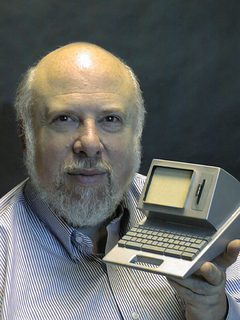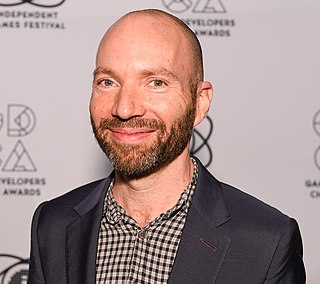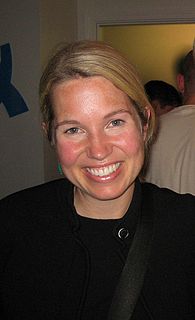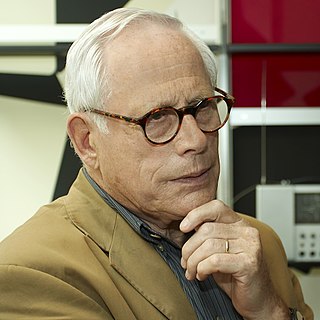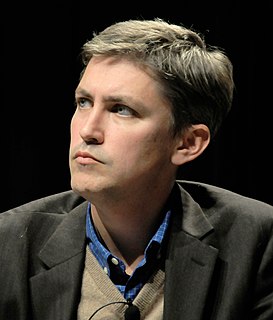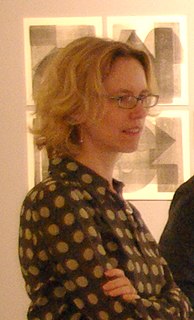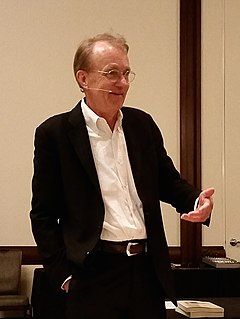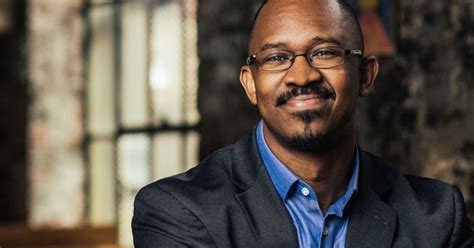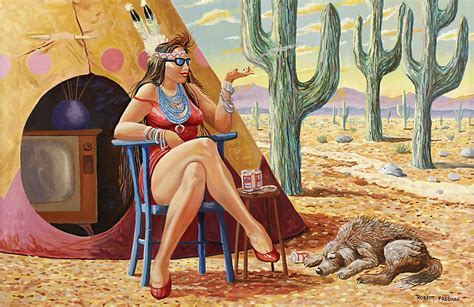A Quote by Jef Raskin
Once the product's task is known, design the interface first; then implement to the interface design.
Related Quotes
My skills weren't that I knew how to design a floppy disk, I knew how to design a printer interface, I knew how to design a modem interface; it was that, when the time came and I had to get one done, I would design my own, fresh, without knowing how other people do it. That was another thing that made me very good. All the best things that I did at Apple came from (a) not having money, and (b) not having done it before, ever. Every single thing that we came out with that was really great, I'd never once done that thing in my life.
Good design is innovative
2. Good design makes a product useful
3. Good design is aesthetic
4. Good design makes a product understandable
5. Good design is unobtrusive
6. Good design is honest
7. Good design is long-lasting
8. Good design is thorough, down to the last detail
9. Good design is environmentally friendly
10. Good design is as little design as possible
[The] dynamics of computational artifacts extend beyond the interface narrowly defined, to relations of people with each other and to the place of computing in their ongoing activities. System design, it follows, must include not only the design of innovative technologies, but their artful integration with the rest of the social and material world.
Design is a field of concern, response, and enquiry as often as decision and consequence... it is convenient to group design into three simple categories, though the distinctions are in no way absolute, nor are they always so described: product design (things), environment design (places) and communication design (messages).
To the designer, great design is beautiful design. A significant amount of effort must be placed into making the product attractive. To the client, great design is effective. It must bring in customers and meet the goals put forth to the designer in the original brief. To the user, great design is functional. It’s easy to read, easy to use and easy to get out of it what was promised Truly great design, then, is when these three perspectives are considered and implemented equally to create a final product that is beautiful, effective and functional.
There is always, in the fine arts, a physical interface between the artist's esthetic vision and the material result he seeks. The interface may be the application of brush to canvas, chisel to marble, bow to string... It may be the control of voice in song or the control of body in dance. It is the mastery of the interface that comprises the artistry; it is what constitutes the 'art' in fine art.
